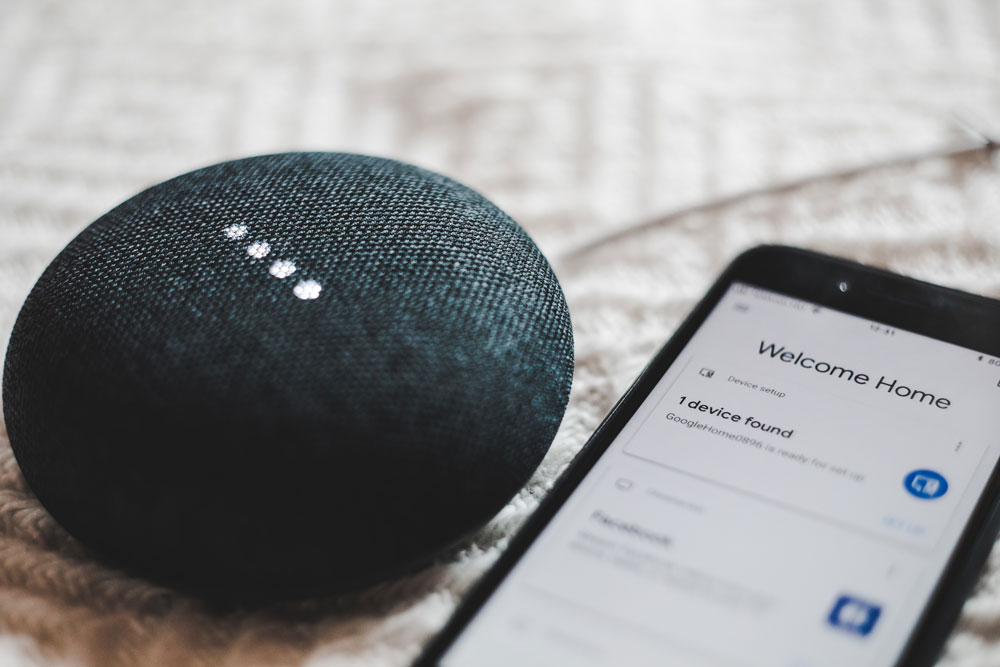IOT In The Home: Transforming The Landscape
Funding and interest in the IOT industry continues to grow at an eye-watering rate in 2018. Spending is slated to hit $US1.2 trillion by 2022 with a 13.6 percent growth rate, based on predictions coming out of the Gartner newsroom. Technology giants including Microsoft have made significant moves to embrace the technological shift. In 2018, the company recently announced a $US5 billion IOT research and development plan over the next four years while counterparts have focused on updating smart home security systems. Technological innovation continues to spread across various industries and more recently, in homes. Here are a few ways IOT is redefining homes in 2018.
Changing The Energy Management Game
In 2018, the government’s Innovate UK program splashed out £8 million of its allotted £50 million budget to energy and IOT startups in the UK. Home devices such as smart meters and smart lighting options are now widely available to all homeowners looking to be more conscious of their energy usage at home. Currently, the country is in the middle of a smart meter installation rollout, which is hoped to be completed by 2020. Manufacturers are also working on smart window blinds, which can further save homeowners money. In June 2018 an IKEA representative confirmed the planned global launch of smart blinds for 2019. It is rumoured to come complete with voice command, app control, and rechargeable batteries. The product will be joining competitors such as the popular Lutron Remote Controlled Shade.
Heating Up The Game
One of the breakout stars in the home IOT revolution has been smart home heating systems. Homeowners’ heating and hot water consumption can account for more than 50 percent of UK household’s bills monthly. The smart devices have been linked to energy efficiency in the home; a key aspect of the environmentally conscious agenda. Google estimates Nest home heating systems have saved over 24 billion kilowatts hours of energy since launching. Since being introduced, brands such as the Nest Learning Thermostat and the Honeywell’s EvoHome Thermostat have let homeowners control their home’s heating and hot water with the touch of a finger. However, the technology has gotten an update. In October, Google revealed the Nest would be available in new finishes; expanding its appeal to modern homeowners. The second part of 2018 has seen new launches from Wondrwall and Salus Control’s RT520. British based company Wondrwall is being marketed as a smart home lighting and heating system with multiple sensors that can monitor everything including security, sound, and humidity in the home. With many launches to come, residential automation is leading the technological charge into the future of home design and construction.
Improving Our Home Connectivity
The past few years, the market has seen a slew of smart appliances including refrigerators and smart dishwashers able to connect to the home’s Wifi network and alert homeowners via their mobile phones.
More recently, Samsung launched its refreshed Smartthings range which is a simple answer to those looking to turn their home into smart homes. The Smartthing Hub lets you connect all smart devices to a central control which is compatible with both Android and iOS devices. The hub now boasts the ability to be controlled from a Samsung Friendly Hub Refrigerator or Smart TV. Automation also means devices can be controlled using preset conditions. Other products in the range include the all-new Button, which allows control of devices with a single tap (such as your lights) and the Motion Sensor, which aims to upgrade homeowners’ security.
The IOT revolution is just beginning. It is completely changing the landscape by opening up opportunities for a more integrated and efficient home life. Judging by its progress until now, there is no slowing down in the near future.
